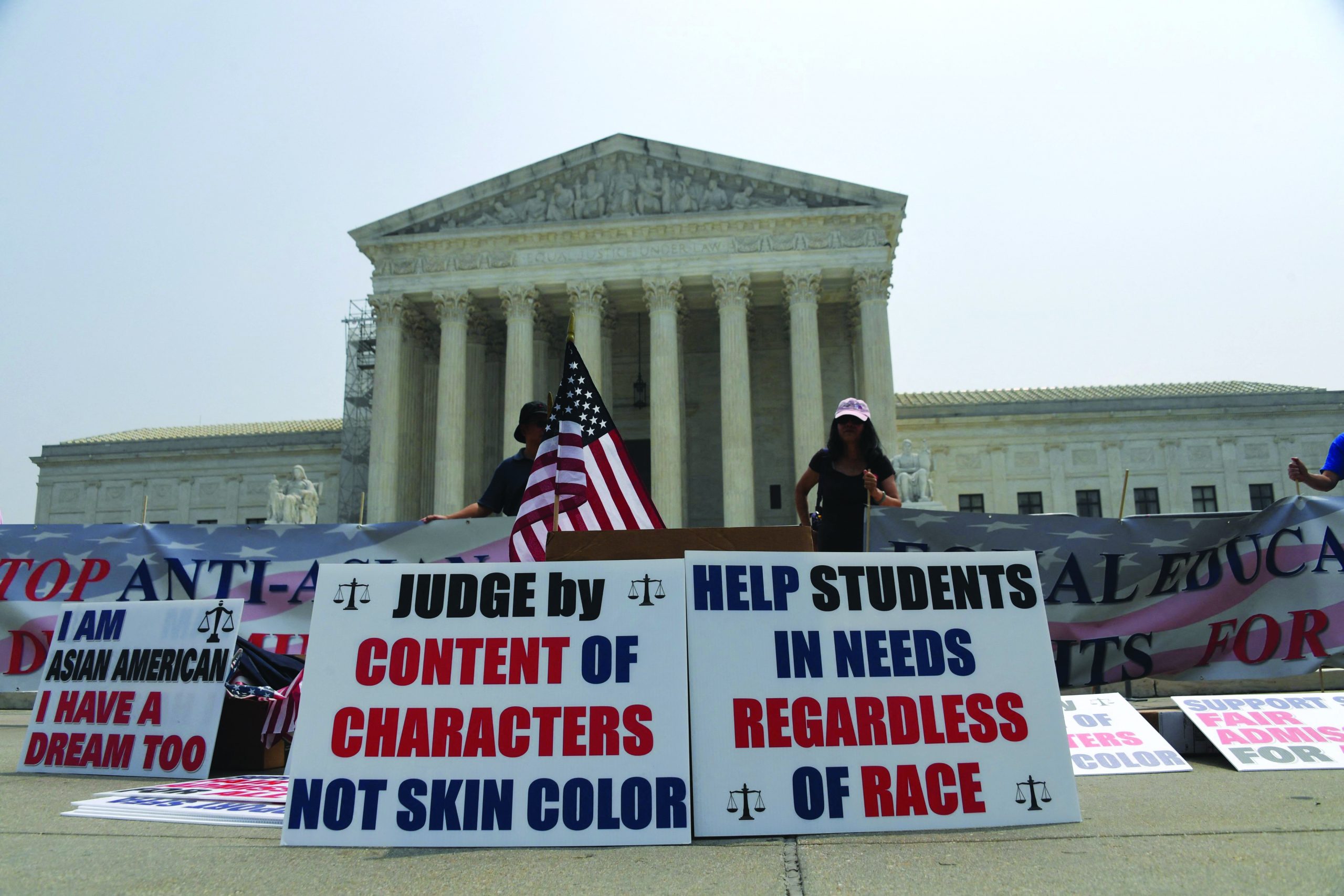
Pro-judgement support before US Supreme Court
For more than 50 years, admissions officers at some of America’s swankiest universities have given a leg up to black, Hispanic and Native American students whose achievements in secondary school might not, on their own, have won them a place. On June 29, the Supreme Court declared this practice unconstitutional, ruling in a decision authored by Chief Justice John Roberts, that neither public nor private universities may use race as a factor when deciding which students to admit. The judgement by the conservative court could cause a swift, sharp drop in the number of students from these minority groups who go to America’s best campuses. But it could also spur changes that make university admissions more progressive.
Since their birth in the 1960s, race-conscious admissions policies had survived a number of challenges at the Supreme Court. The ruling that has finally eliminated them arose from a pair of cases first brought in 2014 by Students for Fair Admissions, an organisation founded by Edward Blum, a long-time opponent of racial preferences, against Harvard University and the University of North Carolina at Chapel Hill. By a vote of 6-3, the court agreed that systematic considerations of race in admissions decisions violate the Equal Protection Clause of the 14th Amendment.
What will now happen in other states — and in America’s highly selective private non-profit universities, which until now have not been affected by state bans — depends in part on whether universities concoct alternative ways to enroll underrepresented minorities. Many bright students say they value diversity on campus.
Elite universities will probably start by redoubling efforts to get black, Hispanic and Native American students to apply in the first place. Low application volumes are the biggest direct obstacle to their enrolment. That these youngsters are less likely than white and Asian ones to have top grades is only part of the explanation: they also believe they have a smaller chance of getting in, and they are more likely to be put off by the eye-watering sticker prices of the elite universities.
Public universities could also experiment with “top percent” schemes of the kind that legislators in Texas devised after banning race-conscious admissions in the 1990s. Its public universities began granting students who graduated in the top 10 percent of their high-school class automatic entry. The theory is that this can give bright kids who excel in underperforming schools, whatever their background, the same chance of going to a leading public university as children with more advantages.
A third idea is to ramp up wealth-based affirmative action, which remains legal. Youngsters from the poorest fifth of households make up 17 percent of all high-school graduates but only 8 percent of entrants to the 200 or so most-selective colleges; those odds are as bad as for any racial group. Granting some degree of advantage to clever-but-impecunious applicants would boost diversity more than doing nothing, while also providing opportunity to the least privileged white and Asian youth.


























